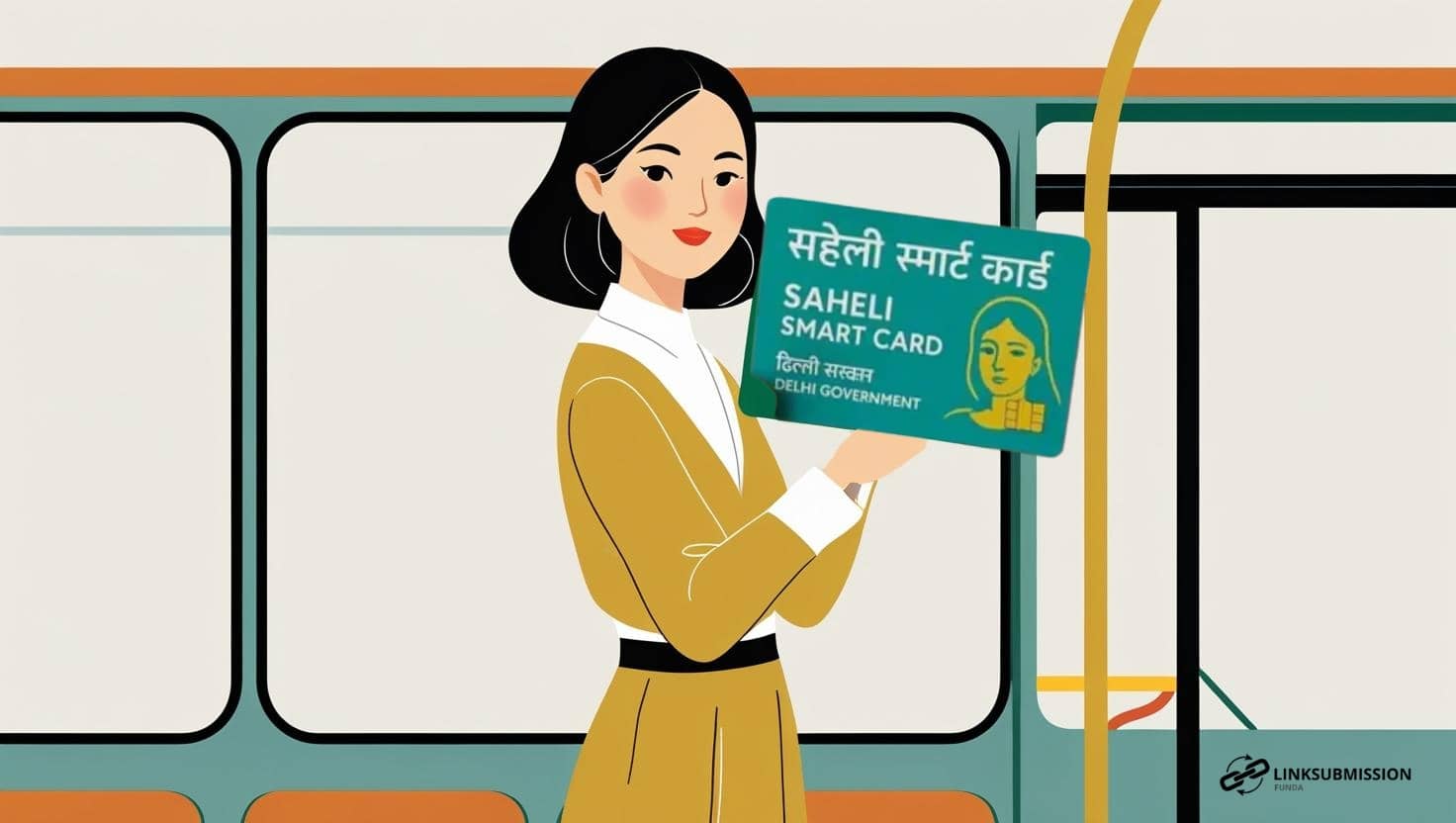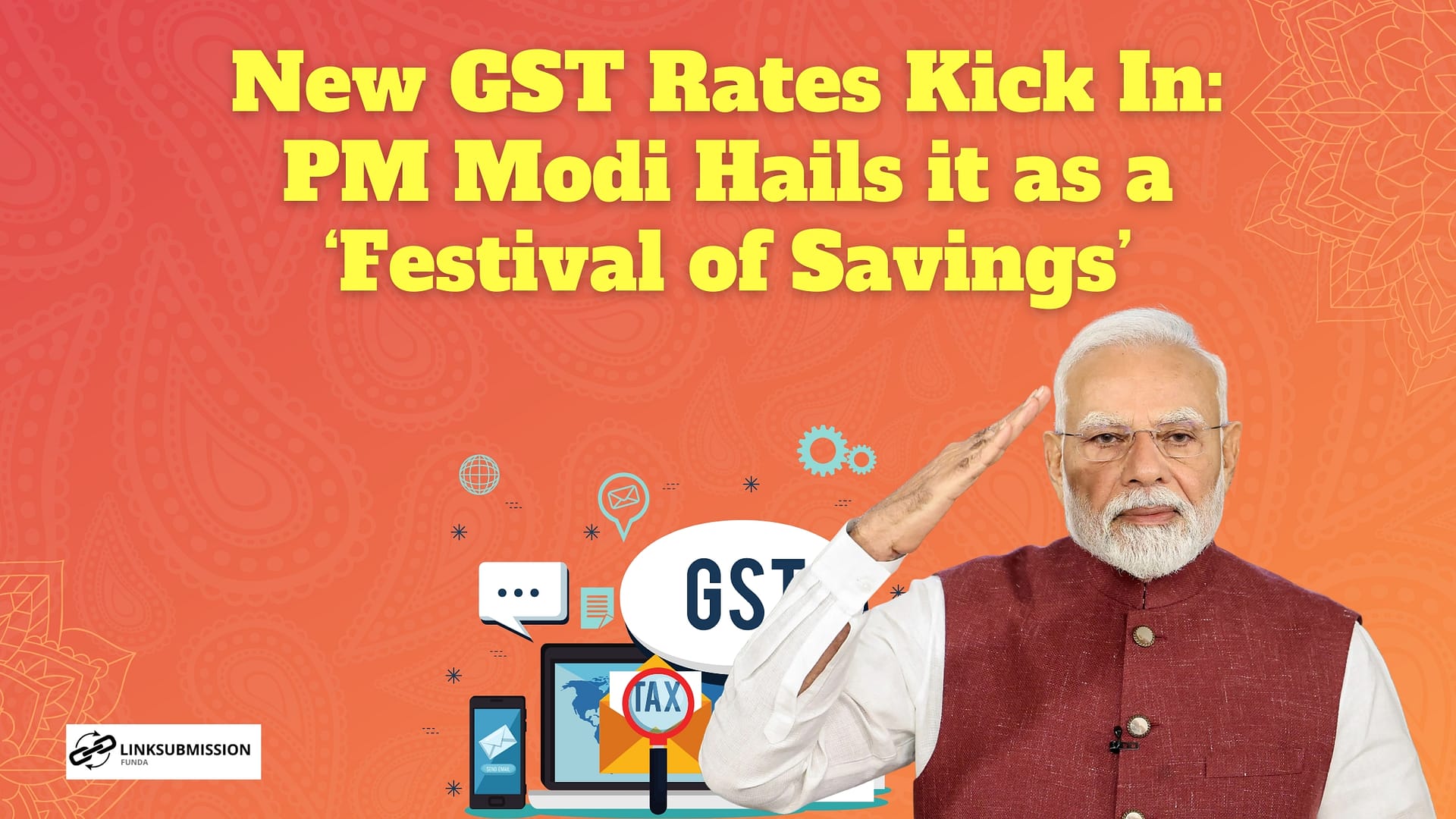In a major shift in public transportation policy, the Delhi Transport Corporation (DTC) has announced the implementation of ‘Saheli Cards’, aimed at restricting the benefit of free bus travel to only Delhi’s female residents. This new initiative marks a significant change in how the city manages its women-centric travel subsidy, which has been in place since 2019. While the scheme has been praised for improving women’s mobility and safety, the introduction of eligibility filters through Saheli Cards is expected to spark fresh debates around accessibility, inclusion, and administrative efficiency.
Why Saheli Cards? Understanding the Move
Launched in 2019, Delhi’s free bus ride scheme for women was celebrated as a progressive step towards women empowerment and safe travel. However, the open-ended nature of the policy led to significant costs for the state exchequer. With many beneficiaries reportedly from neighboring states such as Haryana and Uttar Pradesh, the Delhi government decided to tighten the policy to serve only its taxpayers — the residents of Delhi.
Enter the ‘Saheli Card’ — a unique ID designed to verify the residency of women seeking free bus rides. Only women with a valid Saheli Card will now be able to avail the benefit in DTC and Cluster buses.
Key Features of the Saheli Card
- Eligibility: Only female residents of Delhi will be issued Saheli Cards.
- Free Travel Access: Valid in both DTC and Cluster buses.
- Application Process: Likely to include submission of address proof, Aadhaar, and photographs. Details will be issued soon via official government portals.
- Launch Timeline: The rollout is expected by the end of 2025, following pilot testing in select regions.
Delhi vs. Neighboring States: Drawing a Line
The core idea behind the Saheli Card is to prevent the misuse of Delhi’s taxpayer-funded welfare schemes by non-residents. As it stands, many women from the National Capital Region (NCR)—especially from border towns like Noida, Ghaziabad, and Gurgaon—use DTC buses without any fare.
While the government doesn’t deny the need for mobility support in these areas, it argues that Delhi’s budget should benefit its own citizens first. This has triggered mixed reactions: some see it as a justified move to curb rising costs, while others worry it may create exclusionary hurdles, especially for daily wage workers and low-income women who may not have clear address documentation.
Public Reactions: Praise and Pushback
The Saheli Card announcement has drawn diverse reactions:
- Supporters applaud the decision, saying it ensures better targeting of subsidies and prevents misuse.
- Critics, however, claim it could become a bureaucratic nightmare, especially for migrants, temporary workers, or women without permanent address proof.
- Transport experts are divided—some argue it’s necessary to prevent financial losses, while others say it limits the very essence of universal public access.
Social media is already buzzing with debates, with hashtags like #SaheliCard and #FreeBusDebate trending among Delhi’s netizens.
Administrative Implications and Challenges
While the intent of the Saheli Card is to streamline benefits and reduce misuse, the rollout will not be without challenges:
- Verification issues: Many women may not have updated documentation proving Delhi residence.
- Awareness: Ensuring that all eligible women are aware of how and where to apply is crucial.
- Implementation delay: Infrastructure, card distribution, and training of bus conductors will require significant groundwork.
To combat these hurdles, the Delhi government is expected to launch extensive awareness campaigns and partner with local bodies to assist in documentation and registration.
What It Means for the Future of Public Transport in Delhi
The Saheli Card signals a larger shift towards smart, data-driven public welfare schemes. With the use of a dedicated ID system, the government can track ridership trends, optimize bus frequency, and ensure that the most deserving sections of the population are served effectively.
It may also serve as a blueprint for other cities looking to roll out similar gender-focused public transport policies, albeit with tighter controls.
Conclusion
The introduction of Saheli Cards marks a new chapter in Delhi’s public transport landscape. While it promises greater accountability and focused benefits for Delhi’s women, it also raises valid concerns about exclusivity and access. As the scheme unfolds, it remains to be seen how well the government balances fiscal responsibility with social inclusivity.
For now, Delhi’s female commuters may soon need more than just a smile and a Pink Ticket — they’ll need their Saheli Card to ride free.





